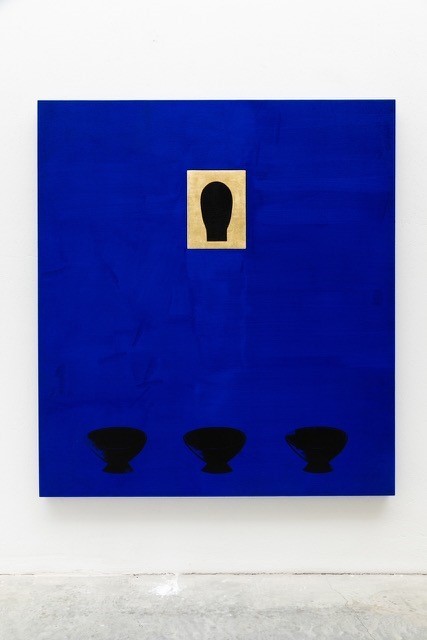Piazza Maggiore
Piazza Maggiore, the heart of the city, hosts musical events during the Bologna Portici Festival
The heart of Bologna and the theater, over the centuries, of the main historical events of the city, Piazza Maggiore was founded in the twelfth century by the will of the Municipality, on the one hand as a place of representation of the municipal institution and on the other as a point of confluence of activities related to trade and commerce.
The name was given to it in the 16th century, even if in the period from the expulsion of the Austrians to 1944 it was dedicated to the King of Italy Vittorio Emanuele II: the equestrian statue depicting the sovereign located in the center of the Square was removed following the “betrayal of the House of Savoy”, and from 1945 it regained its current name.
Here are the most important buildings in the city: starting with the Basilica of San Petronio designed in the 14th century by Antonio di Vincenzo, a 'civic church' initially conceived as 'the largest in Christianity' and then left unfinished.
To the right of the Basilica Palazzo dei Notai (1381), the former headquarters of the homonymous corporation, and continuing, to the west of the square, Palazzo d'Accursio, seat of the Town Hall, whose original nucleus dating back to the 13th century is characterized by the Clock Tower.
In front of San Petronio, the impressive Palazzo del Podestà, with Aristotle Fioravanti's porch decorated with 400 sculpted tiles: the building is surmounted by the 13th century Torre dell'Arengo, which houses a 47-quintal bell, used in ancient times to call people to the gathering. Finally, on the east side of the square there is the Palazzo dei Banchi, a sixteenth-century work by Jacopo Barozzi da Vignola.
















